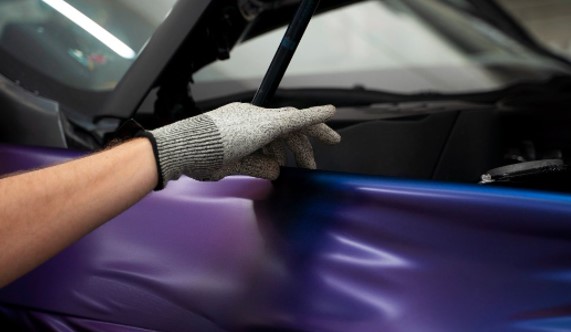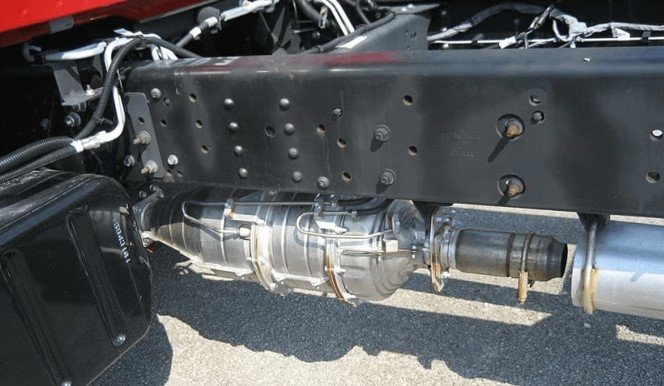From the Magazine: Column: Surprises galore in 2023
 By now, forecasters have come to terms with the fact that nobody could have foreseen 2020. The pandemic disrupted every reliable statistic, leaving experts with nothing more than economic fairy dust to bring make sense out of policy and bring the year into control.
By now, forecasters have come to terms with the fact that nobody could have foreseen 2020. The pandemic disrupted every reliable statistic, leaving experts with nothing more than economic fairy dust to bring make sense out of policy and bring the year into control.
But, going into our current year, we have all the indicative data to assess outcomes. Persistent inflation, rising interest rates, manufacturing backlog, slowing GDP — flashing signs all around. Easy peasy right? Not so fast.
In reality, there is little agreement on anything except for the fact that we may be heading into a recession. We can’t even tell at this point if the contraction will be mild or severe.
In a recent CBC article, BMO’s chief economist Douglas Porter summed up this predictive dilemma for the current year, calling 2023 “a very odd cycle.” The same article acknowledged that “the economy is awash in contradiction and the data are quite noisy.”
Automotive indicators from last year provide a perfect example of these inconsistencies. New car sales volume was down in 2022. DesRosiers Automotive Consultants estimates there were 1.49 million cars sold in 2022 — a decline of about 9 percent from 2021, and the lowest numbers since 2009. But dealer revenue and profits were up, driven by higher margin per car and part sales. Some automakers even reported record incomes in some quarters.
Aftermarket part sales fared even better. Monthly year-over-year revenue results (released by Statistics Canada, up to October 2022; annual results not available as of writing) from Canadian automotive parts, tires and accessories stores show consistent double-digit growth between 2021 and 2022. Yes, part prices went up dramatically in 2022 on the back of inflation but the YoY increases were significantly higher – indicating either more volume or profit.
Will these opposing trends continue into 2023? Will the Canadian automotive industry — specifically the aftermarket — continue to make money, despite the increasingly shaky fundamentals? Or will this be a year of pervasive reckoning?
Here are my thoughts on how the aftermarket may shape up this year.
Aftermarket growth will slow down
This may sound like bad news, but it isn’t when you put it in context. We do not have full 2022 numbers yet (as of writing), but 10-month results from auto parts retailers suggest that annual growth was between 10 and 12 per cent. This was another year of high growth, coming out of the lows of 2020. A three-peat is unlikely.
Recent economic data point to a slowing economy as high interest rates start to weigh down on consumer spending. It will have some impact on discretionary repairs. Inflation will also likely normalize to around four to five per cent, which will dampen the pace of price hikes. Both these factors will impact aftermarket revenue.
On the flip side, new car sales will remain depressed on the back of supply issues and soaring prices, despite far more stable inventory. Even used car sales are expected to flounder in 2023, despite falling prices. Less vehicles added in a recessionary environment is typically compounded by unemployment and low vehicle usage. That will not be the case this year.
Despite the tech layoffs and tightening real estate, job vacancies remain high – hovering around the million mark, according to Statistics Canada. People may not be commuting as much but U.S. data (in absence of Canadian numbers) from 2022 indicate that annual kilometres are growing at a healthy pace. All these factors imply that the car parc will continue to age and operate normally, and will need repair and maintenance services, leading to steady demand for auto shop services.
Based on these counter-indications, I expect the Canadian aftermarket to grow at about six to seven per cent in 2023.
Operating costs will continue to rise
Both wages and labour shortages have continued to intensify since the pandemic. The projected recession may seem like a relief to businesses — at least from the perspective of labour availability — but operators may be in for more rude surprises.
Industries, such as the aftermarket, with a high rate of hourly wage workers will continue to face hiring challenges. Deep-pocketed businesses will outcompete smaller ones with more attractive salaries and benefits. Compound that with higher operating costs, thanks to current interest rates and prohibitive cost of goods, and you get a looming profit killer.
Competition will intensify
This may seem like a cliché but hear me out. In a tight market, companies bring out the usual playbook — promotions, price wars etc. We saw truly little of that in the last couple of years, but with supplies and costs stabilizing, we will inch closer to normalcy. If demand drops dramatically, we might even see some rollbacks and heavy discounting in the latter half of the year.
But the competitive arsenal will be different in 2023 — a trend that will only intensify in the next few years. What will separate winners from losers this year will be the speed and agility of market action. The pandemic and supply chain crisis fast-tracked aftermarket suppliers, distributors, and retailers into digitization.
Competitors who are consistently ahead in this market are leveraging e-commerce, data, and automation to their advantage. They are getting faster and nimbler with their product, pricing, and placement strategies to take more targeted and frequent actions. As markets tighten, these recent investments will continue to broaden the gap between more traditionally inclined businesses in 2023 and beyond.
Kumar Saha is Toronto-based vice president (U.S.)/Managing Director (Canada) of global automotive data firm Eucon. He has been advising the North American automotive industry for over a decade and is a frequent conference speaker and media commentator.





